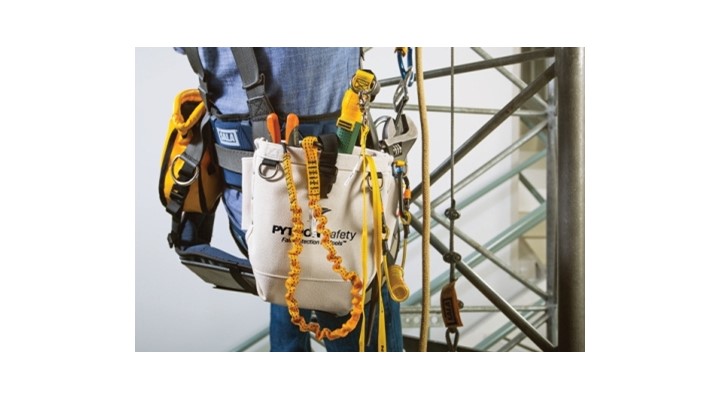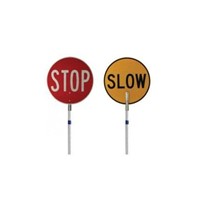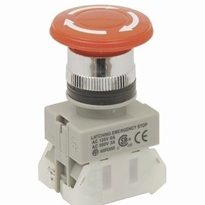A total of 275 people died as a direct consequence of a fall from a height in the period 2003 to 2012 in Australia; around 11 percent of total fatalities. However, an additional 227 people died in the same period as a consequence of being hit by a falling object, which is about 9 percent of total fatalities.
Drops and falls represent a significant volume of general injuries. Falls from a height represented over 7,400 workers compensation claims in 2012, with a median lost time of 7.2 weeks. Additionally, over 4,200 claims were recorded from injuries created by falling objects, with a median lost time of 4.2 weeks.
Are these injuries and deaths preventable?
Given that these two mechanisms of injury are the third and fourth ranked cause of death and significant causes of injury; the question is, are these inevitable? Or indeed with the right approach, are they preventable? I believe that most would answer yes, provided there is sufficient education, awareness and safety management systems in operation. The prospect of reducing these incidents is therefore very high.
What's the cost of drops?
The cost of lost time in both health outcomes for workers and lost productivity time is concerning. Importantly, it is also the worker's families that bear the brunt of the impact of these injuries, through loss of income and medical expenses that may follow from the incident.
In addition, the loss of the items themselves can be costly. If objects are dropped over water, into mud, machinery, down holes and other difficult-to-reach places, they are effectively a sunk cost needing replacement.
While anyone can drop a tool, the chances are vastly increased when other environmental factors come into play. For example, high wind, rain, greasy environments and even working with ill-fitting gloves can make the challenge of tool security an issue.
For a comparatively low cost and a different attitude to containment, these costs can be avoided. In Australia, 227 people died in the 2003 to 2012 period as a consequence of being hit by a falling object; about 9 percent of total fatalities.
Why do some worksites use gravity as a work aid?
Certain job tasks and industries use 'gravity' to their 'advantage.' For example, the demolition of a building might allow for materials to be dropped to a lower level using gravity means, rather than a controlled mechanical descent process such as a crane and debris bucket. Many buildings are also clad in protective mesh or netting to contain debris and prevent it from causing injury or escaping from the building envelope.
In most cases, these work methods are less-safe than alternatives. They rely on the principle of containment, rather than prevention of falls in the first place. On most major metropolitan work sites, the incidence of this is thankfully infrequent. In locations where there is less supervision or regulator present, the same cannot be said.
How does physics increase the impact of drops?
Although nuts and bolts, spanners and other light-weight equipment is small in physical size, once the combination of gravity is added, the outcomes can hold grave consequences.
People don't realise the impact forces that are generated in a dropped object. A 3kg item dropped 15m could create an impact force of over 500kg. A 1kg item dropped 50m will hit the ground at a little over 112km/h (excluding any air resistance).
Even with some form of protection, the result of being struck by an item of relatively low weight can be significant. The chart below demonstrates the impact force of a dropped object in kilograms per square centimetre.
How can hard hats help?
The use of general personal protective equipment (e.g. hard hats) can be a good front-line barrier to reduce the impact of a dropped object if it is relatively light and not dropped from a very high location. Their effectiveness is however limited when they are exposed to falling bricks, rocks or other heavy items such as hand tools, or indeed even greater heights. A hard hat does not provide any protection for other parts of the body such as shoulders and arms.
The economic loss of equipment (for example dropping it into the ocean, or dropping items into a turbine that then have to be retrieved) coupled with the injury cost to the person injured whilst working below someone dropping an object is high.
Even if there are no people in direct danger underneath walkways, dropped objects still have the capacity to damage surrounding equipment and machinery. Subsequent repairs can be both costly and time consuming. But this risk is also easily managed if a comprehensive management program for dropped object risk is implemented.
How can you contain dropped objects?
Working platforms
Lower the working platform to the ground / perform all work on a structure at ground level and then lift it into position once complete rather than taking the tools and equipment to height;
Kick boards / Handrails Kick boards and handrails should be fixed on scaffolding, platforms and walkways. By using additional closed mesh solutions, plywoods or other solid surface materials, coverage can be provided for all the gaps through which items can potentially fall;
Netting
Utilise safety mesh or rated barrier netting (with debris lining) in areas outside walkways and underneath conveyors, walkways platforms and along building / structure perimeters to prevent the drop of materials to a lower level;
Tool Tethering Devices
Utilise tool lanyards, tool cinches, tool pouches, tethering devices, holsters, tool buckets and other drop containment devices to secure tools and other items during work at height activities;
Education
Provide worker education on the risks and outcomes of dropped objects and provide them with the means by which they can minimise that risk.
Preventing dropped object falls is not just the responsibility of the safety supervisor or the site owner. It is everyone's responsibility to manage these risks because the impact might not be personal, but it might affect your co-workers and unseen bystanders.

















